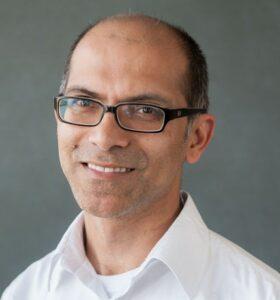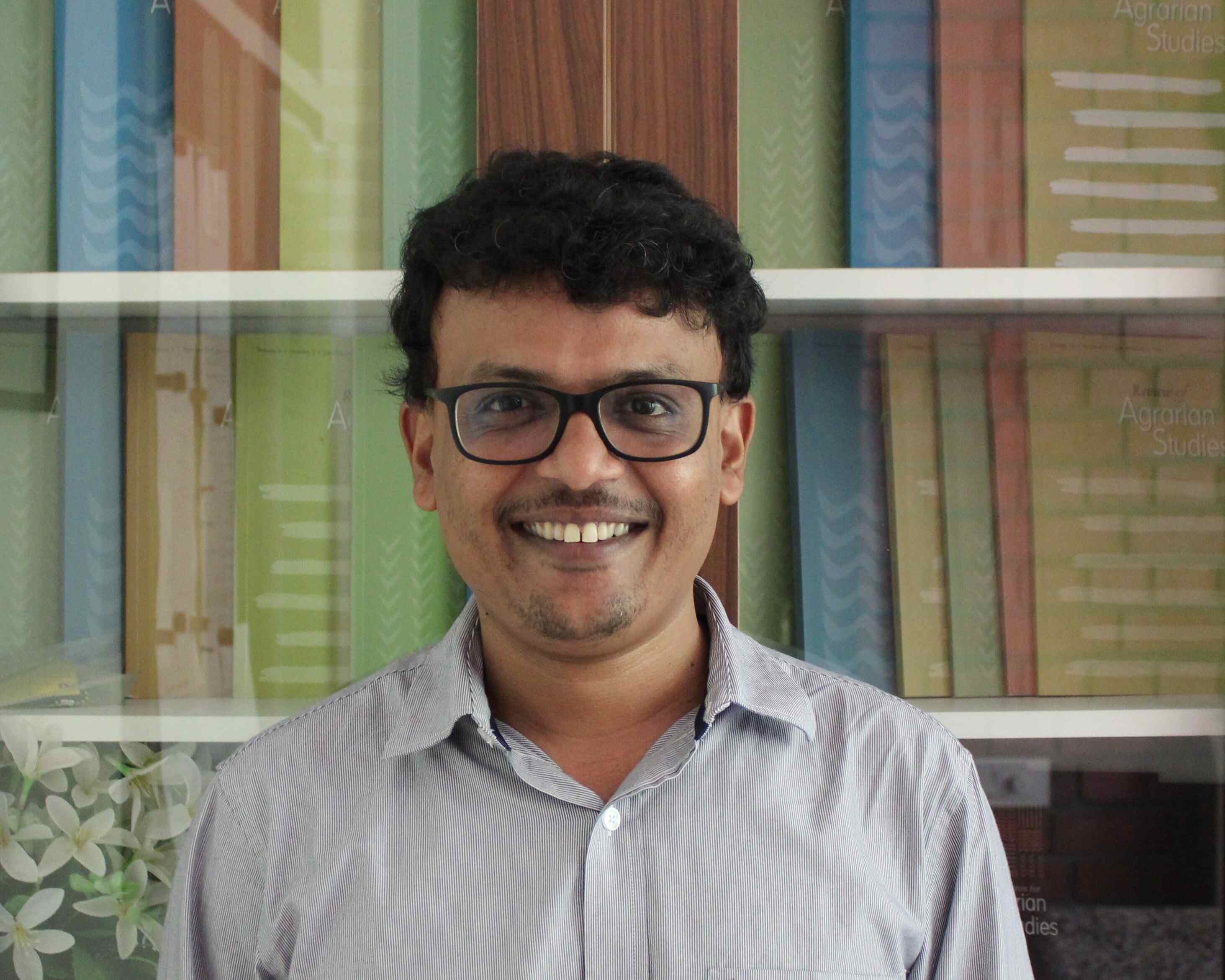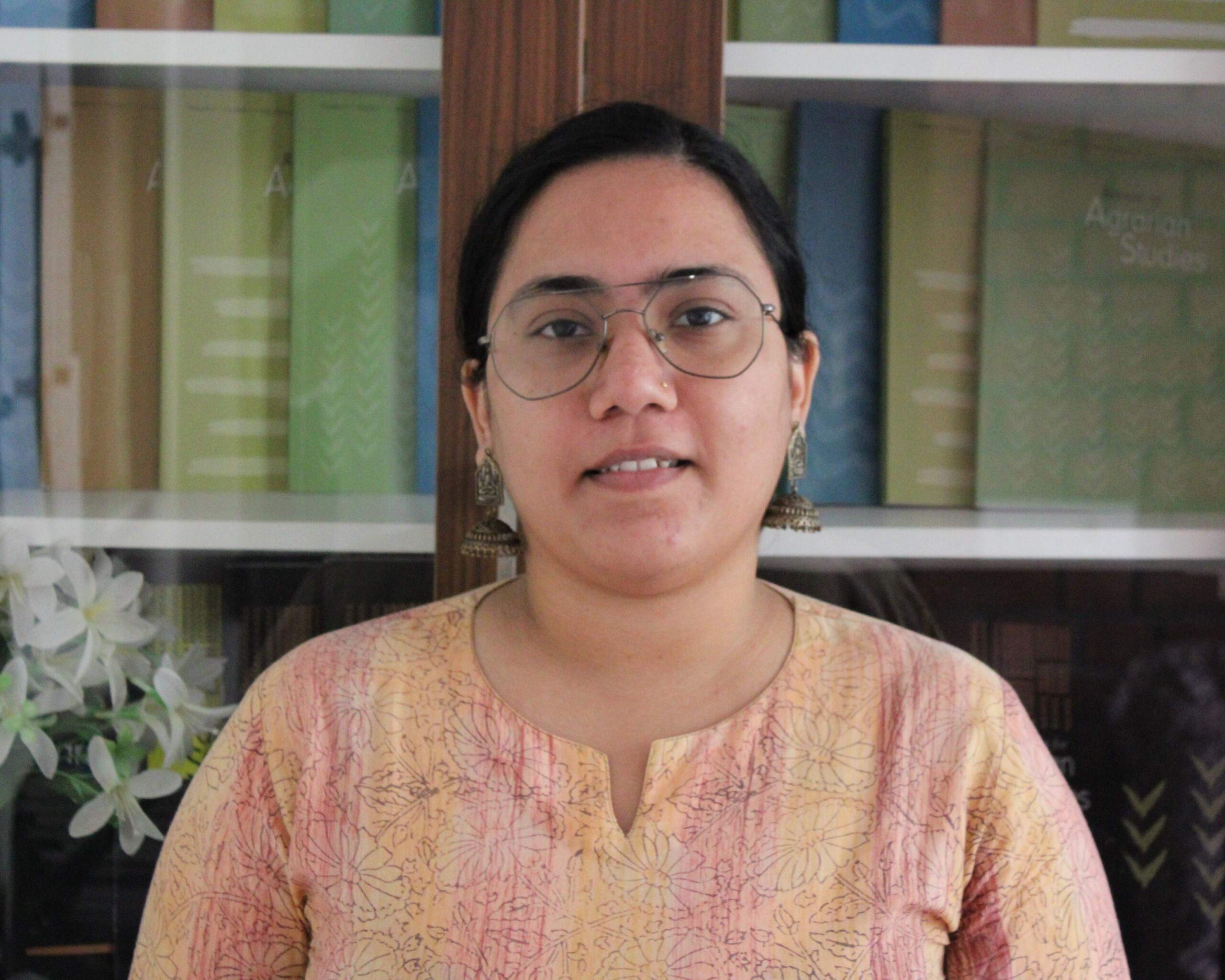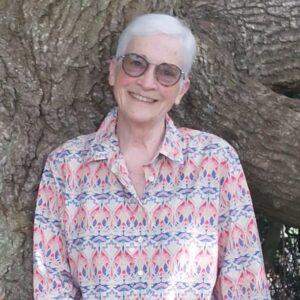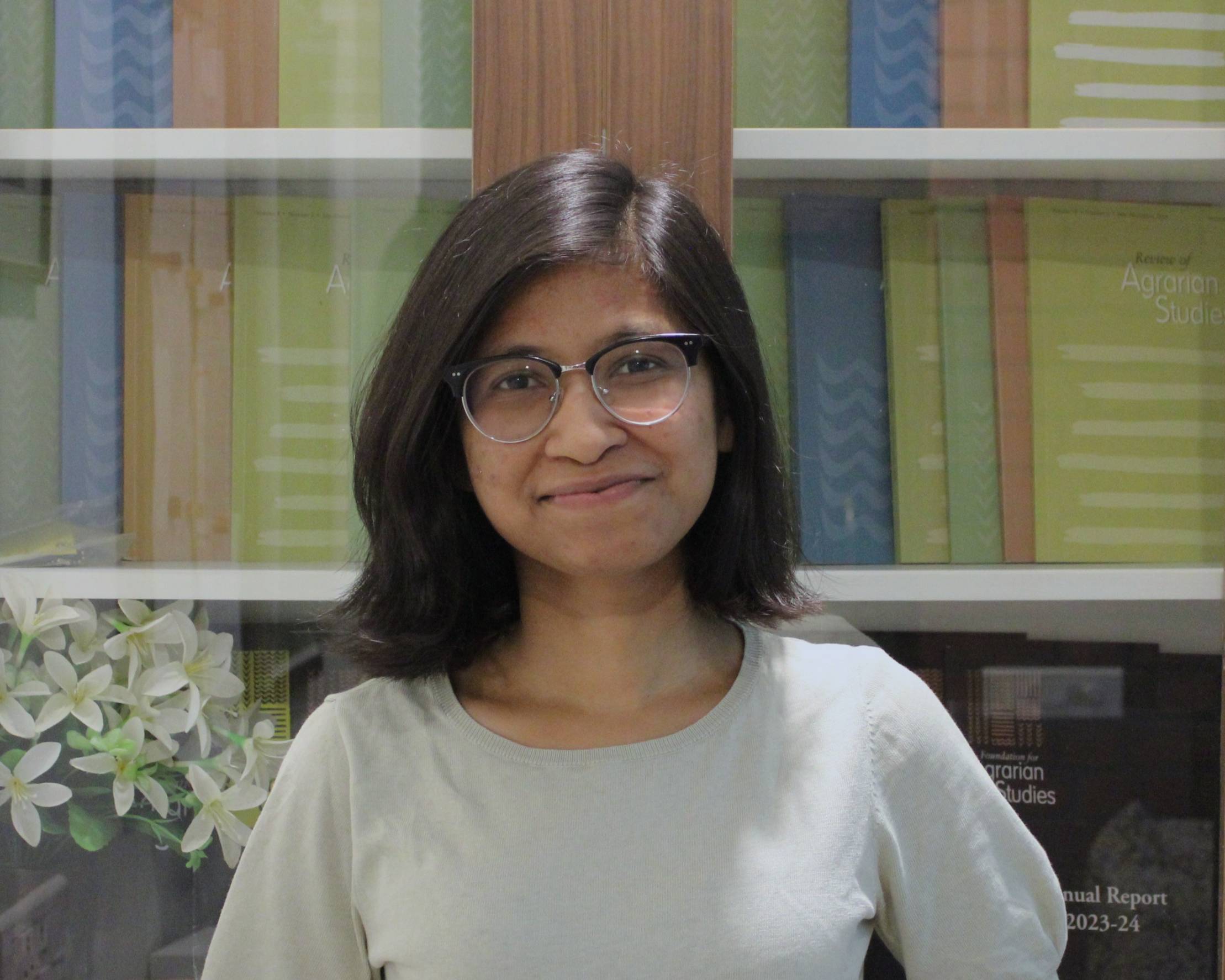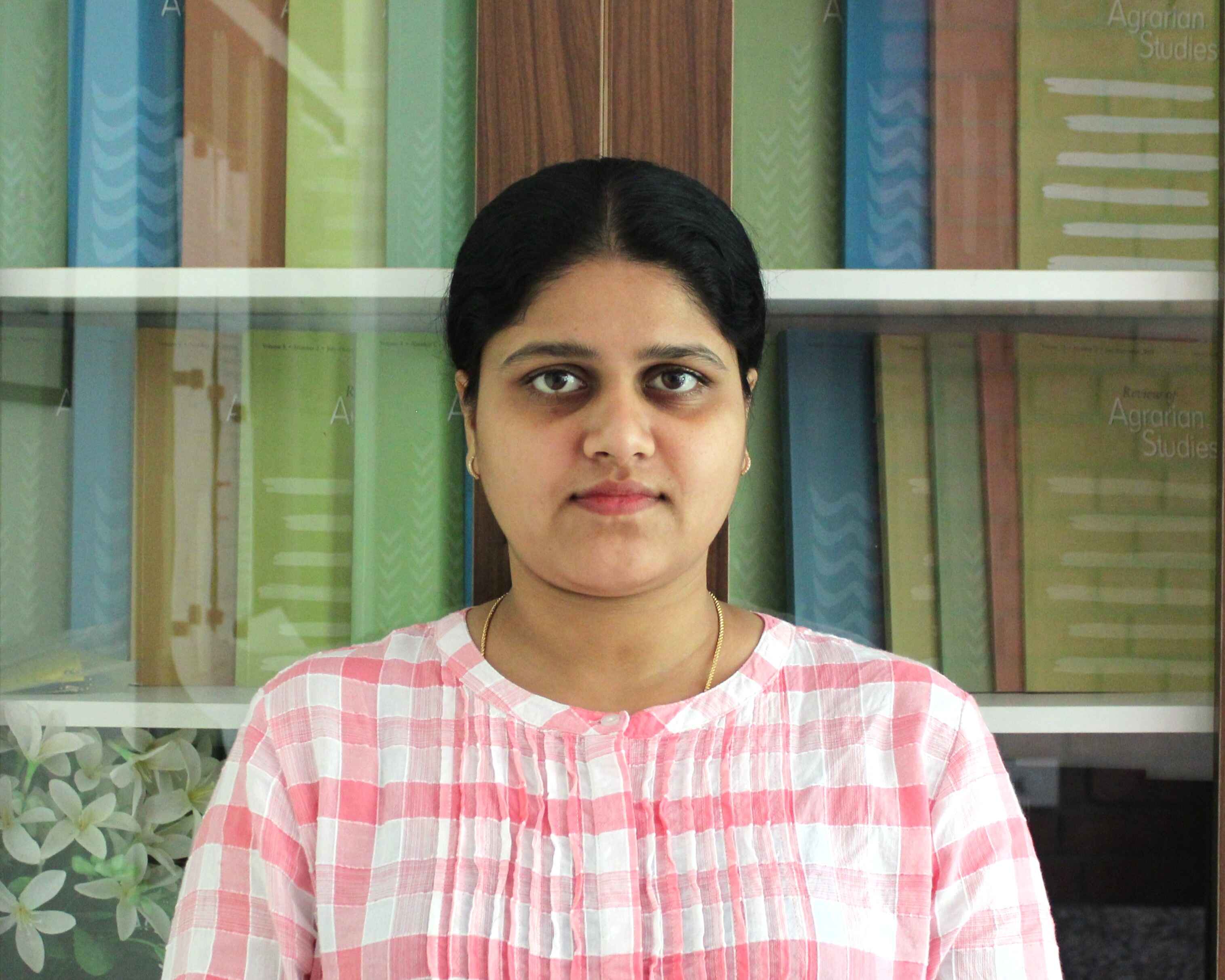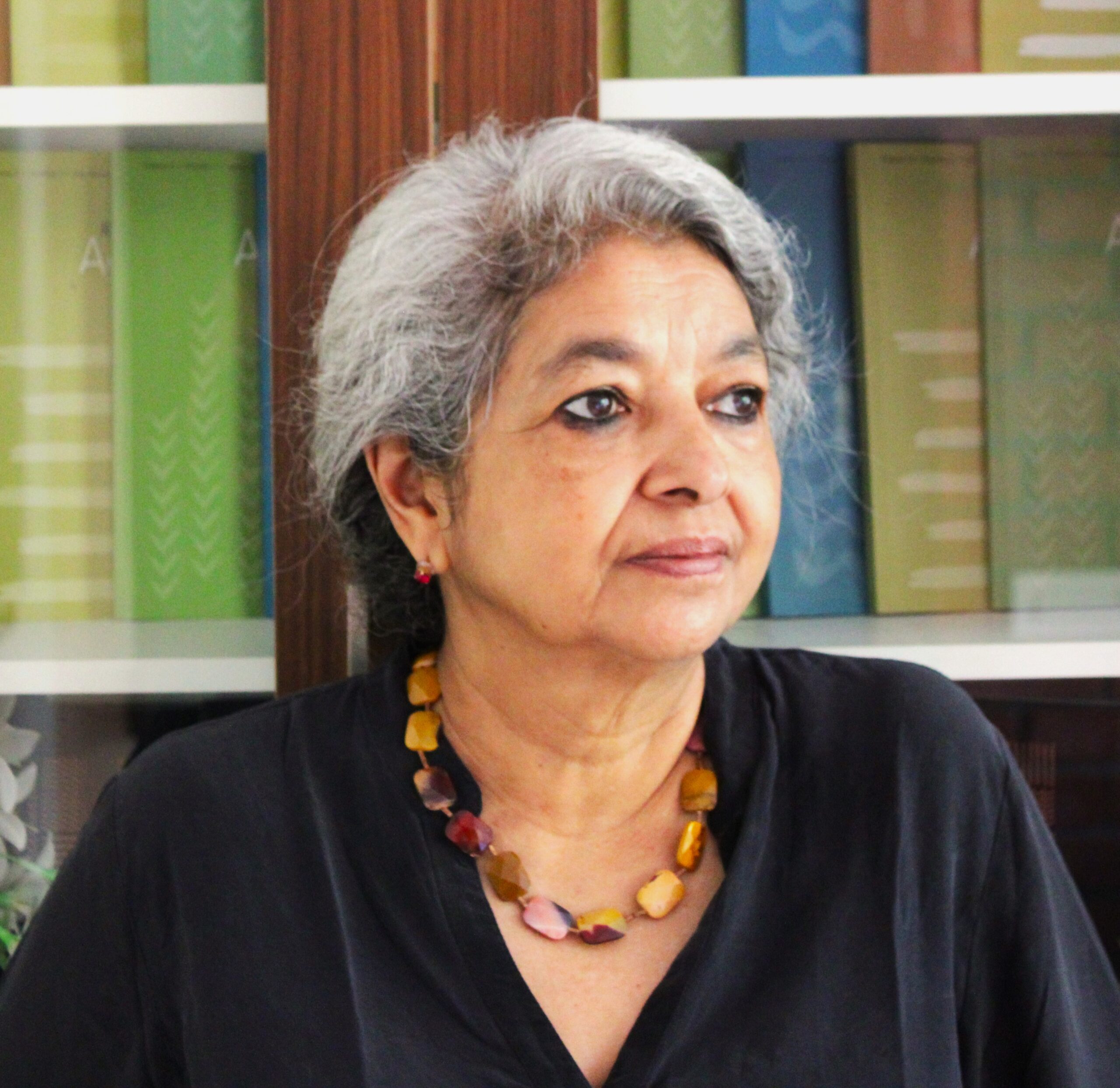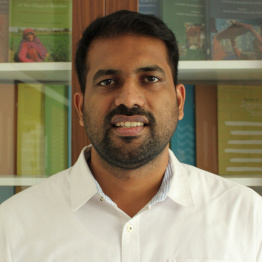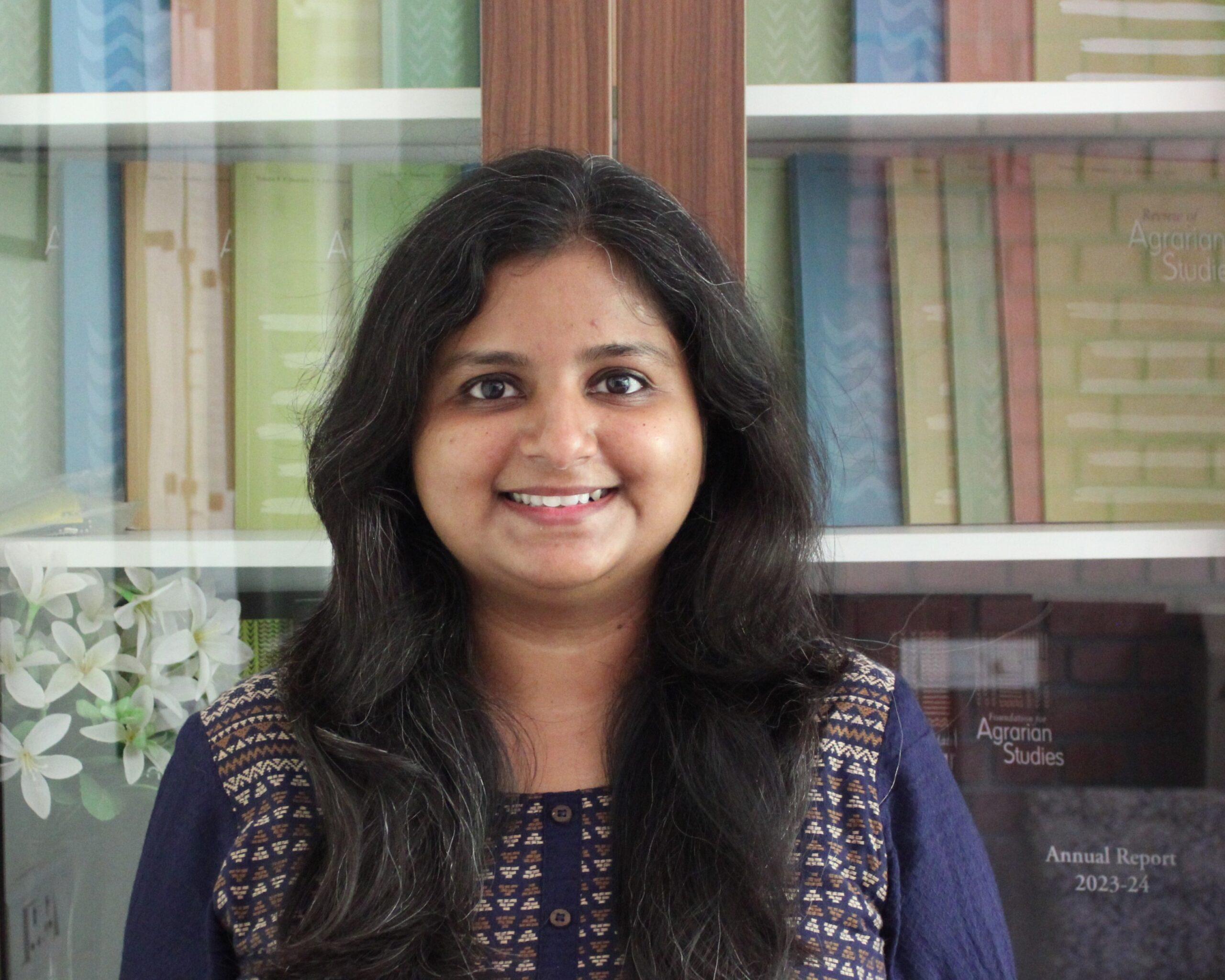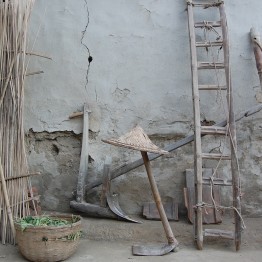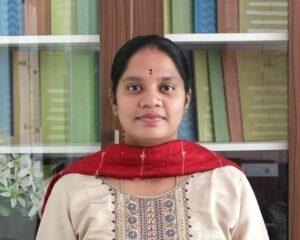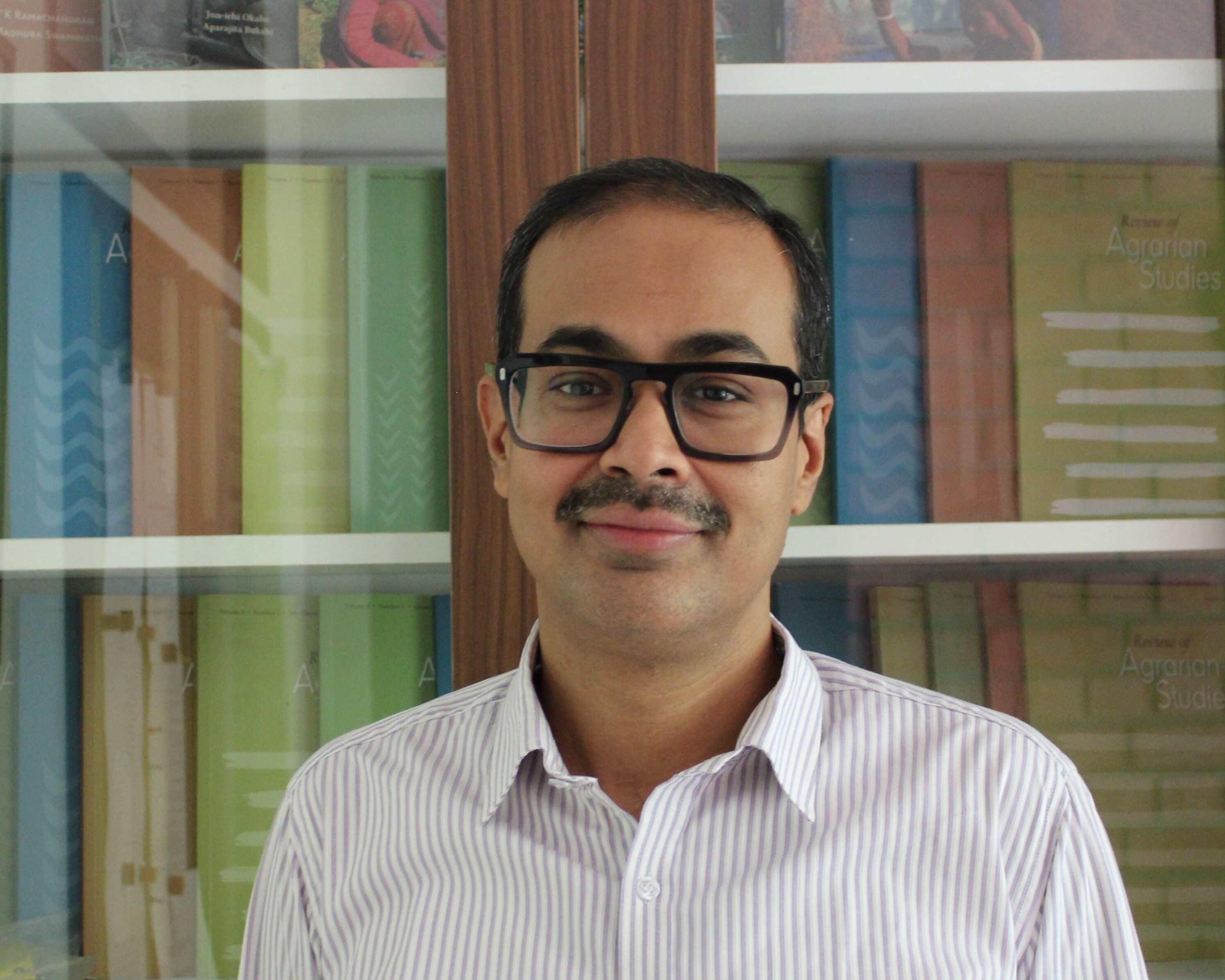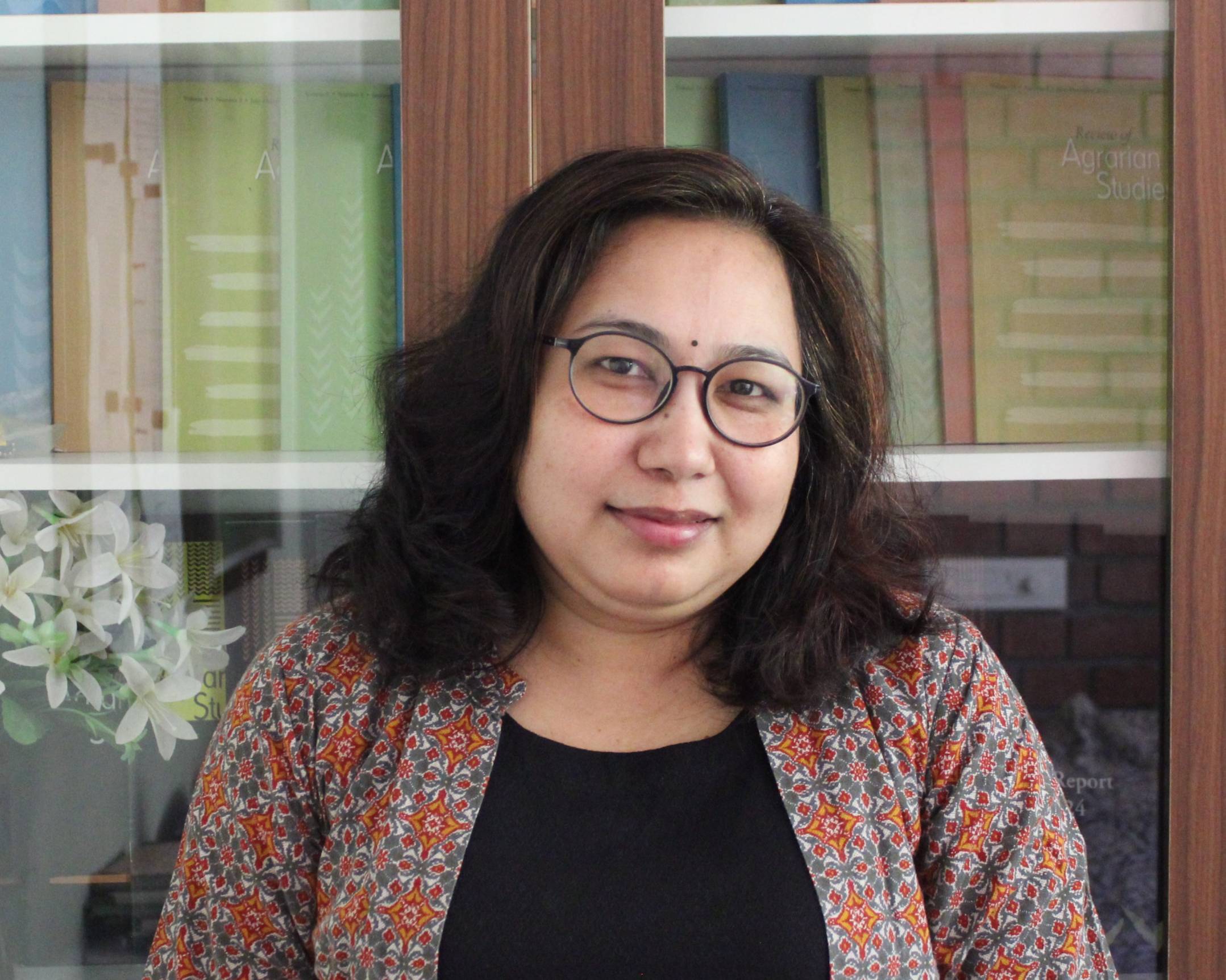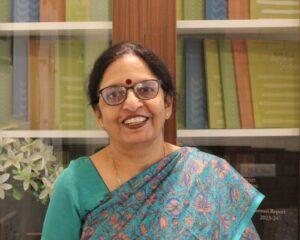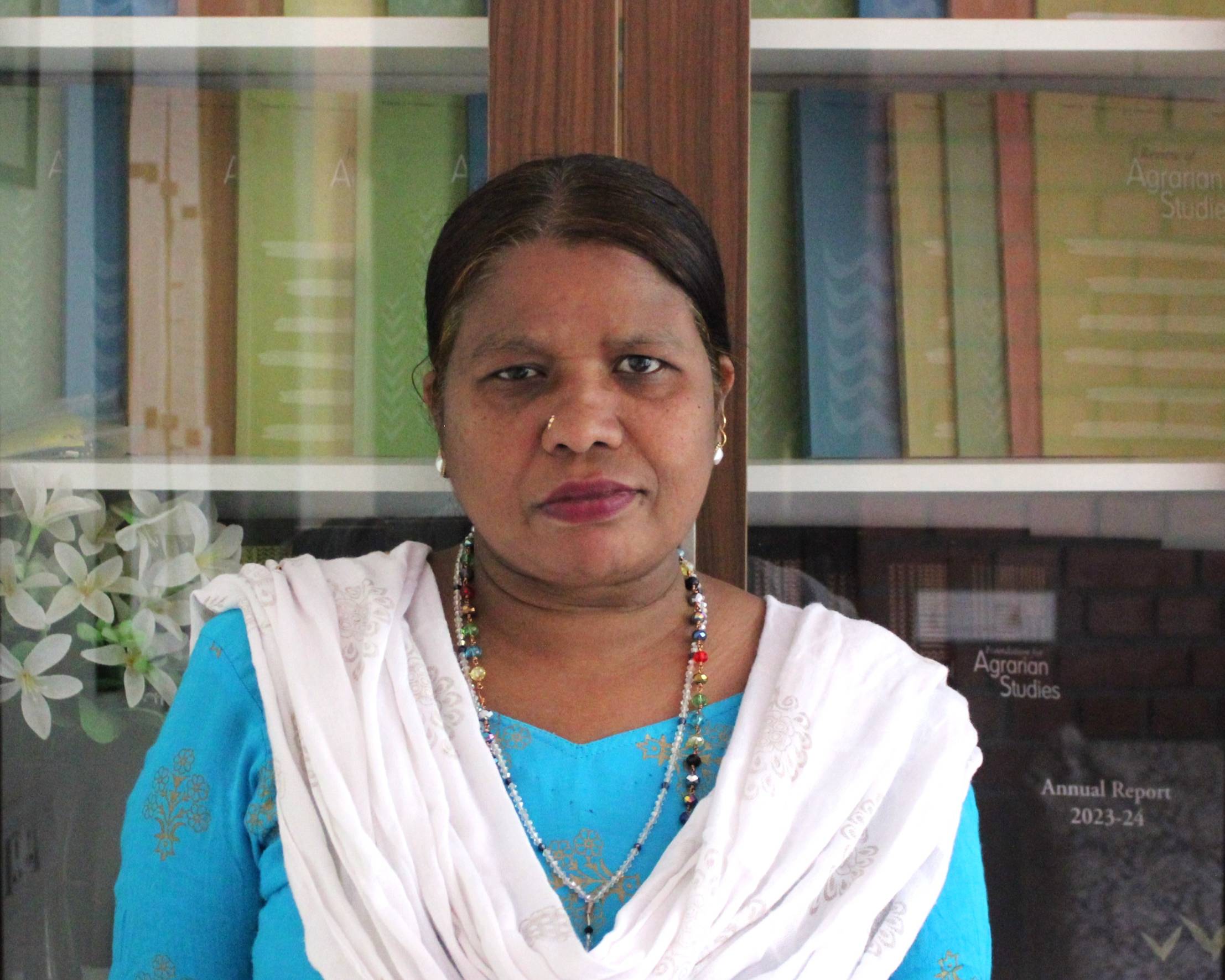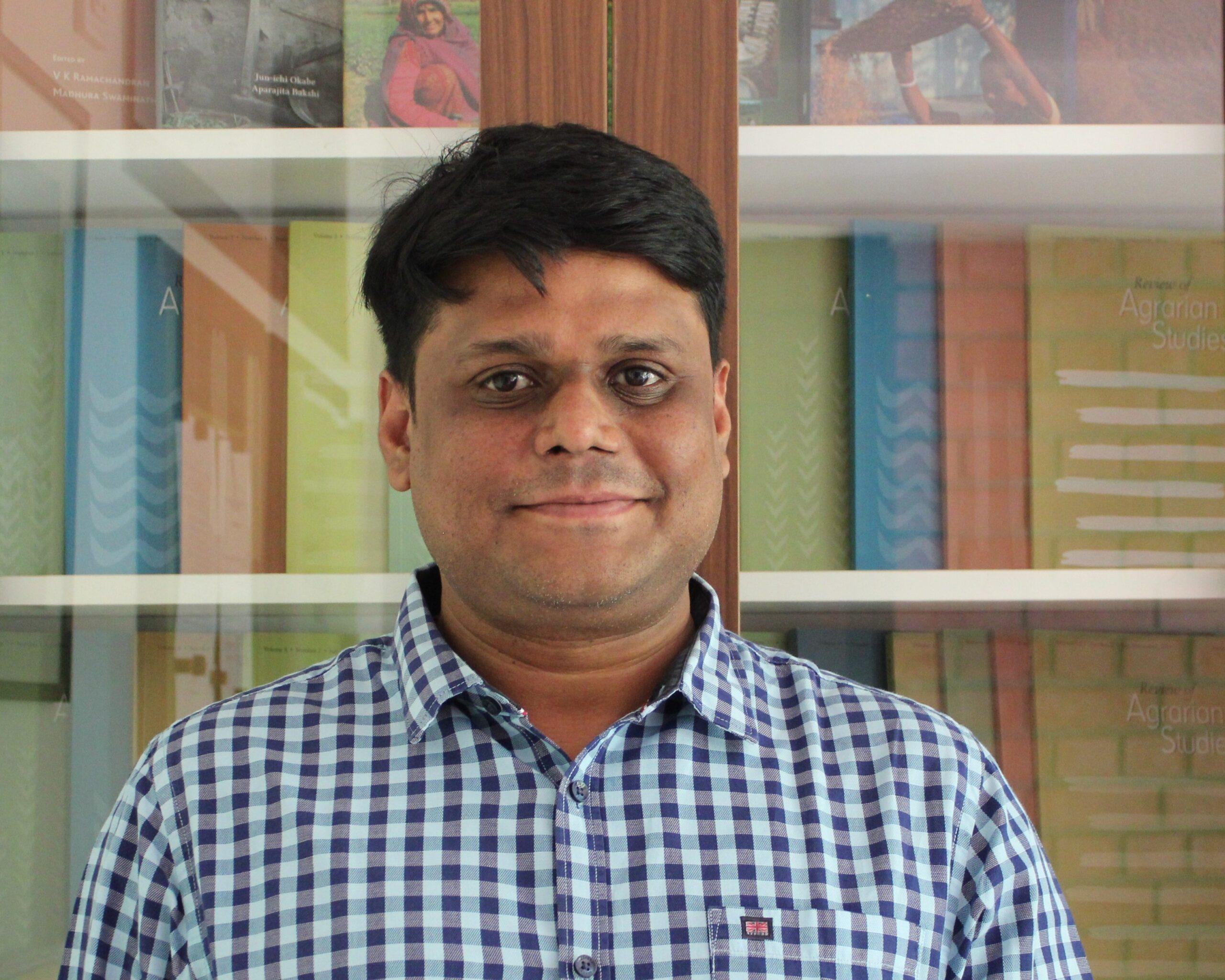Maharashtra Round
Surveys were conducted in May-June 2007 in two villages in Maharashtra:
- Warwat Khanderao, Buldhana district
- Nimshirgaon, Kolhapur district
Some research article that used data from these surveys is:
- Okabe, Jun-ichi, with Bakshi, Aparajita (2014), “A New Statistical Domain in India: An Enquiry into Gram Panchayat-Level Databases,” Review of Agrarian Studies, Vol. 3, No. 2. view article
- Okabe, Jun-ichi, and Surjit, V. (2012), “Village-Level Birth Records: A Case Study,” Review of Agrarian Studies, Vol. 2, No. 1. view article
- Swaminathan, Madhura, and Rawal, Vikas (2011), “Are there Benefits from the Cultivation of Bt Cotton? A Comment Based on Data from a Vidarbha Village,” Review of Agrarian Studies, Vol. 1, No. 1.view article

Warwat Khanderao, Buldhana district
Warwat Khanderao is in Sangrampur tehsil, Buldhana district, in the Vidarbha region of Maharashtra. The nearest town, Shegaon, is 20 kilometres away, and connected by an all-weather road. At the time of the survey, there was a primary school and a middle school in the village but no Primary Health Centre (PHC) or any other medical facility. At our survey, there were 250 households in the village and a population of 1308 persons (at the Census of 2001, the population was 1447). The number of females per 100 males was 99. The literacy level of persons aged seven and above was 74 percent, with a male literacy rate of 83 percent and female literacy rate of 66 percent. The major caste in the village was Kunbi (43 percent of all households). Dalits comprised 10 percent of the village population; Muslim, nomadic tribe, and OBC households were also among those resident in the village.
Agriculture is the main occupation of resident households. The major crop cultivated in 2006-7 was cotton, both Bt and non-Bt varieties. Other crops grown included groundnut, sunflower, green gram, sesame, jowar, maize, pulses, wheat, red gram, and black gram. Cotton was cultivated in the kharif season and was intercropped mainly with green gram and red gram. A few cultivators raised wheat during the rabi season. There was no irrigation in the village in 2006-07.
Twenty percent of all households resident in the village did not own any agricultural land and another 26 percent of village households owned less than one hectare each. The biggest landowner of the village owned 85 acres. Kunbis accounted for 43 percent of village households, and owned 65 percent of the land reported by residents. Dalits, by contrast, constituted 10 percent of the village population and owned 3 percent of all agricultural land.
Nimshirgaon, Kolhapur district
Nimshirgaon is a village in Shirol taluk of Kolhapur district in the sugarcane-growing region of western Maharashtra. It is connected by an all-weather road to the highway. The nearest railway station is 1 km away and the nearest town is 10 km away. At the time of our survey, the village had a post office, ration shop, public telephones, two pharmacies, an office of the Kolhapur District Central Cooperative bank, and two cooperative societies. The nearest Primary Health Centre was at a distance of 4 km at Danoli though there was a registered medical practitioner practising in the village. At the time, the village had two primary-cum-middle schools and one secondary school.
The number of households in our listing was 768, with a population of 3515 persons (at the Census of 2001, the population of the village was 4515). The sex ratio was 862 females per 1000 males. Nimshirgaon is a multi-caste village. Almost one-third of households were Jains, and another one-third of households were Dalits. There were also households from the Dhangar nomadic tribe, OBCs, and other caste Hindus (Marathas, Lingayats). According to our survey, the male literacy rate (7 years and above) was 86 percent, and the female literacy rate was 65 percent (76 percent for all persons). Among Jains, the literacy rate was 96 percent for males and 81 percent for females.
Agriculture in Kolhapur was relatively modern and dynamic. At the time of our survey, sugarcane was the major crop, and soybean, pulses and millets were also cultivated, as were a variety of vegetables and fruits (including grape and mango). Irrigation was from a water supply system linked to the Krishna River. There were also hundreds of privately-owned open wells, borewells, and tubewells in the fields.
The bulk of cultivators, at our survey, cultivated marginal (28 percent) or small holdings (24 percent). The mean extent of land ownership was 2 acres, and the biggest landowner owned 50 acres. Under irrigated conditions, the scale of operation of a cultivator with, say, 2 acres, was very different in Nimshirgaon from the scale of operations of a cultivator in Warwat Khanderao. The landless comprised 28 percent of all households. Among Dalits, the proportion of landless was 57 percent.
As the Kolhapur region had a large and diversified non-agricultural economy, households in the village also had access to non-agricultural and salaried employment.






